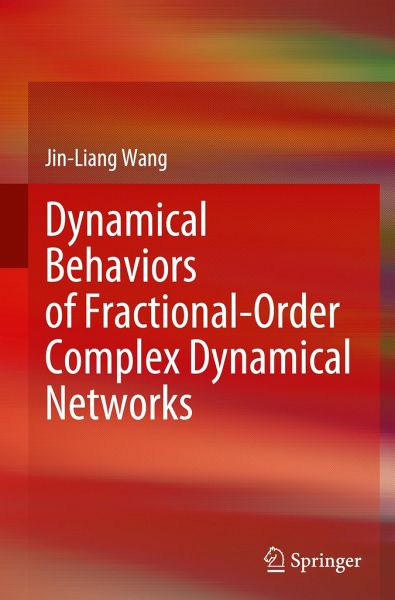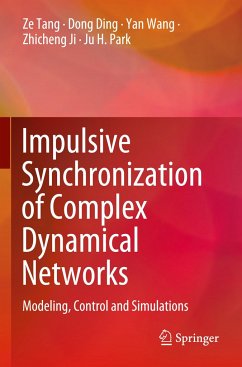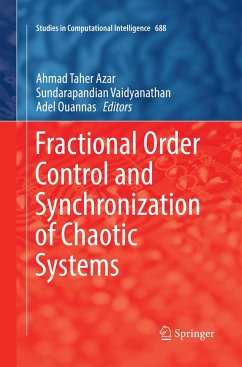
Dynamical Behaviors of Fractional-Order Complex Dynamical Networks
Versandkostenfrei!
Versandfertig in 6-10 Tagen
121,99 €
inkl. MwSt.
Weitere Ausgaben:

PAYBACK Punkte
61 °P sammeln!
This book benefits researchers, engineers, and graduate students in the field of fractional-order complex dynamical networks. Recently, the dynamical behaviors (e.g., passivity, finite-time passivity, synchronization, and finite-time synchronization, etc.) for fractional-order complex networks (FOCNs) have attracted considerable research attention in a wide range of fields, and a variety of valuable results have been reported. In particular, passivity has been extensively used to address the synchronization of FOCNs.














